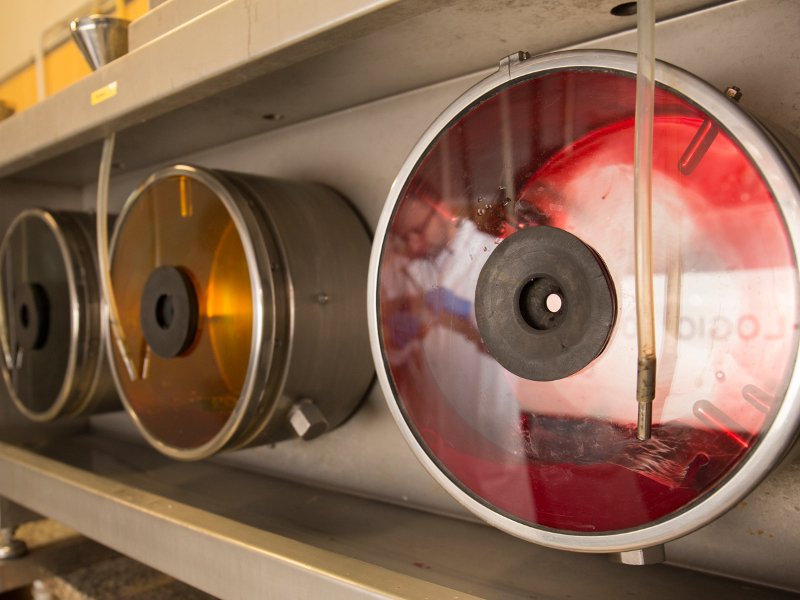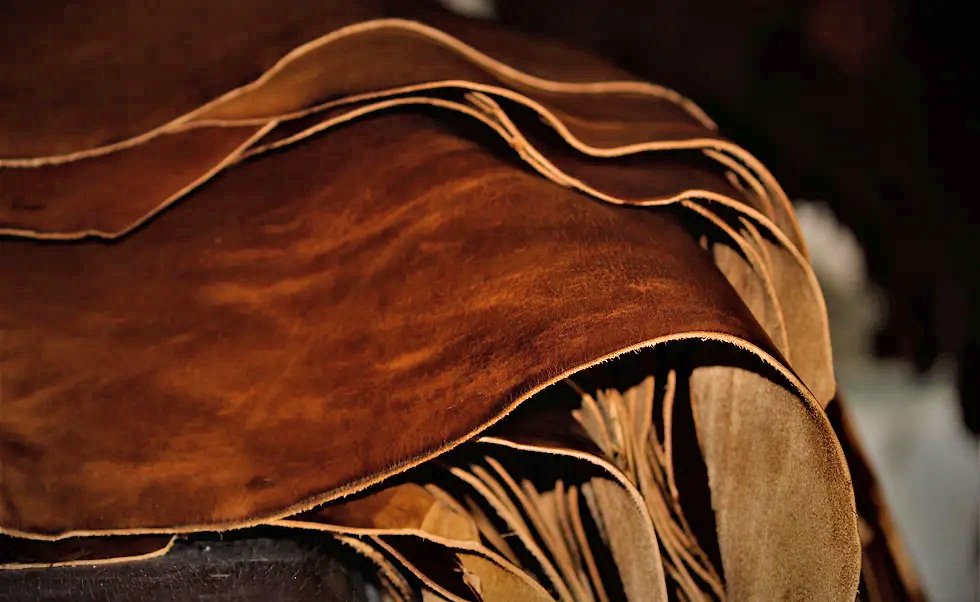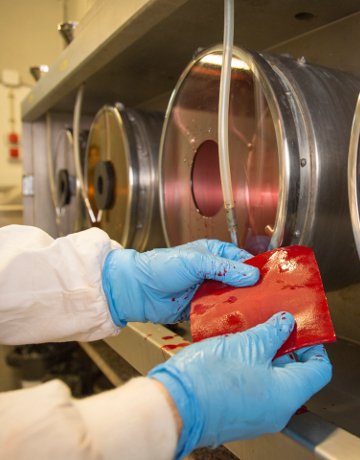The project, carried out within the scope of the Catalan consortium led by the A3 Leather Innovation Center research group under the leadership of the University of Lleida, made improvements that will reduce the use of chemical products and water consumption in the leather tanning process by 65%. It invested 2.2 million euros in an R&D project that succeeded in making the skin treatment process more sustainable and circular.
A Catalan consortium led by the A3 Leather Innovation Center research group at the University of Lleida, Spain, has reduced the use of replaceable chemicals throughout the tanning process by up to 65% and water consumption by 40% in an R&D project that has managed. The leather processing process more sustainable and circular he announced that improvements have been made to reduce.

The project scope, called INNPELL, was developed by the ‘RIS3CAT Community for smart specialization of the fashion and housing industries in Catalonia’ consortium, supported by the Government through ACCIÓ, the competitiveness agency of the Ministry of Enterprise and Employment.
In addition to the project leaders, the companies Leather Química, Curtidos Badia, Compañia Arrentataria de Industrial Igualadina, Combalia, Miret, Curtits Aqualata and Igualadina de Puració i Recuperació also participated in the initiative.
Anna Bacardit Dalmases, director of the A3 Leather Innovation Centre, explains that INNPELL’s global goal is “to undertake a new strategy to integrate the circular economy into the leather sector” and emphasizes that “the results achieved allow for the reduction of chemicals used”. Compared to the traditional process at every stage”. In this sense, the expert reminds that “the traditional tanning process, which turns leather from the slaughterhouse into finished leather for different applications, from leather goods to clothing or shoes, has been transformed over the years to become more sustainable, but this process is now becoming more sustainable.” “It still relies on the use of large amounts of chemicals,” he said.

During the three years of the project, the Catalan consortium investigated the implementation of improvements in different stages of the leather tanning process and confirmed its efficiency both at laboratory scale and in pilot tests carried out by the participating companies. Therefore, the new process for preserving fresh leather developed by the consortium uses fewer chemicals and is notably salt-free; because it uses a more sustainable synthetic alternative that allows for a 98% reduction in chloride concentration and, as a result, also reduces its impact on wastewater.
In addition, the new methodology makes it possible to achieve a faster production process by reducing the total time used during the tanning process by 15%. In the near future, the consortium hopes to complete the validation of leather prototypes produced following this new and more sustainable process, so that the methodology can be applied on an industrial scale in the Catalan tanning sector.

INNPELL aimed to re-evaluate the wastes in the industry, such as the hair left over from the tanning process, as well as other solid organic wastes, and give them a second life. As Bacardit explains, the project works on “recovering hair and solid organic waste from the process, which, after chemical processing, can become a source of protein that can be used as fertilizers, cosmetics for the agro-food sector.” These solid wastes can be 100% reusable because they are “chemical and chromium-free,” the result of implementing more sustainable measures that allow “closing the circularity loop” throughout the entire treatment process.
Regarding the project, it was possible to remove from the process chemicals considered to be more toxic, such as sulphides, solvents or aldehydes, among others, and replace them with alternatives that are more respectful to the environment and health.









